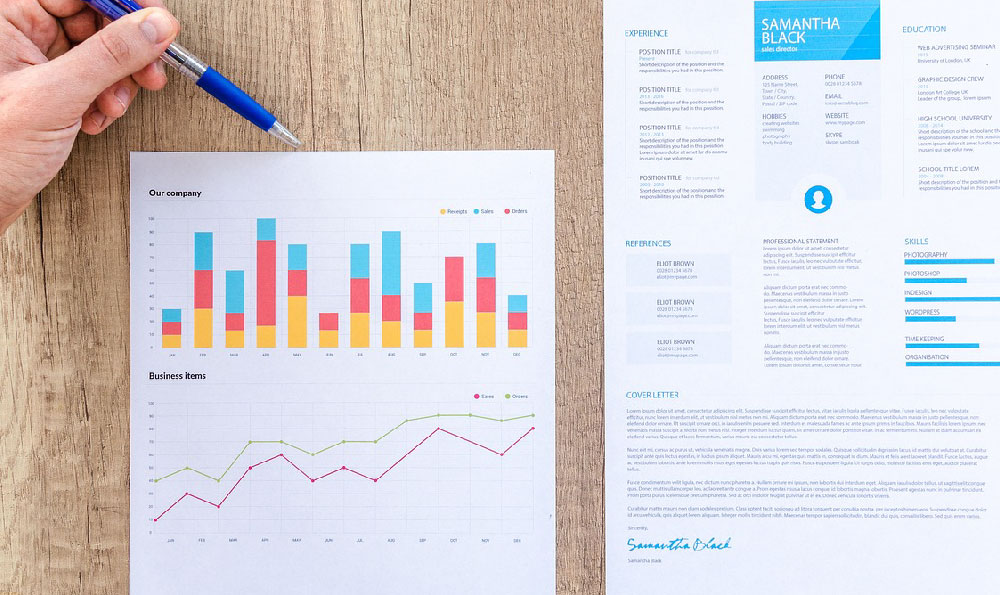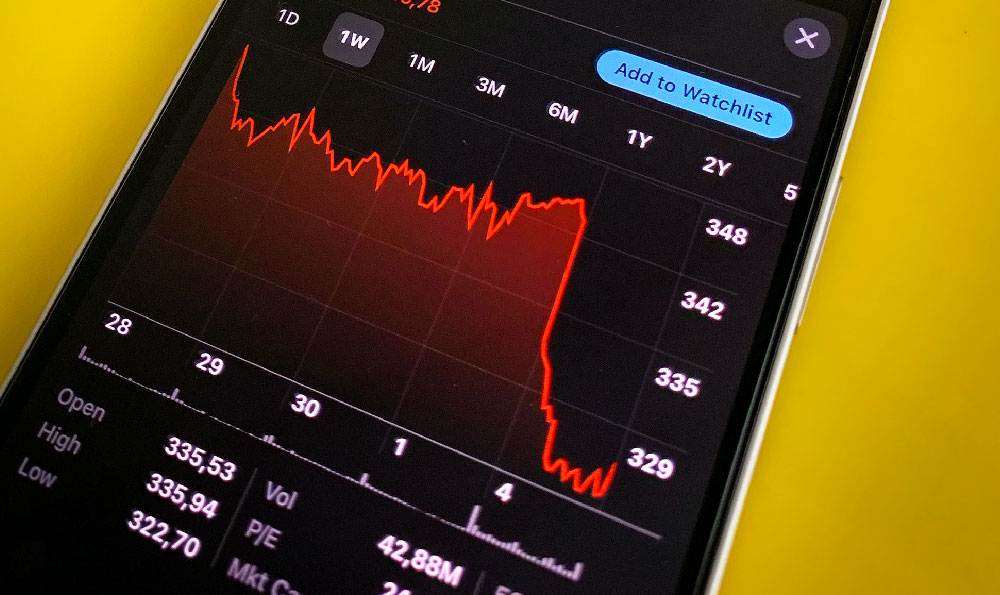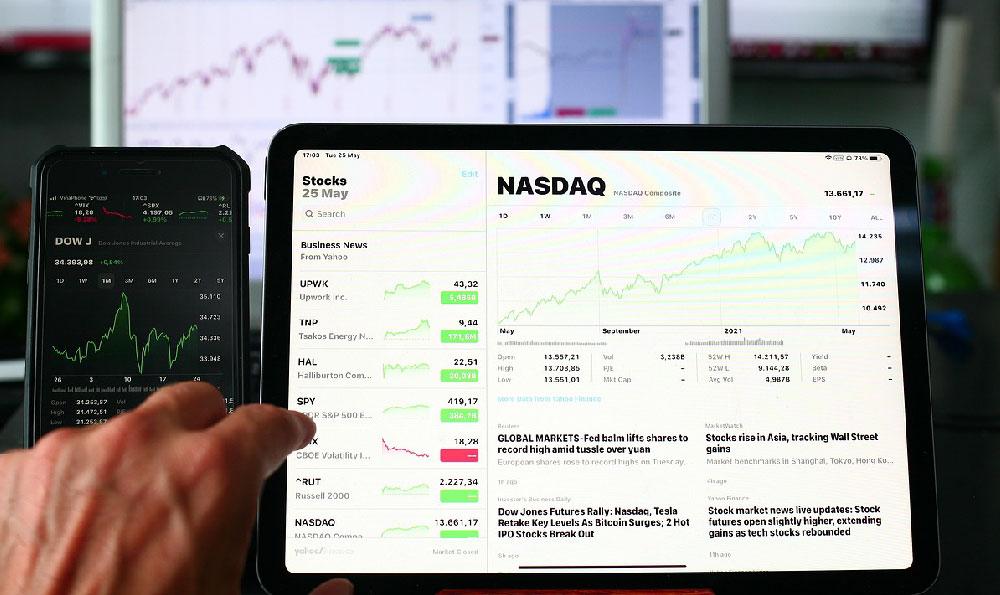Where to Invest in the S&P 500? And Why Should You?

Investing in the S&P 500 is often touted as a cornerstone of a well-diversified investment portfolio, and for good reason. It offers broad market exposure, relatively low cost, and historically compelling returns. But simply knowing that you should invest isn't enough. Understanding where and why within the S&P 500 ecosystem is crucial to maximizing your investment potential.
The most common and straightforward approach to investing in the S&P 500 is through Exchange-Traded Funds (ETFs) and mutual funds that track the index. These instruments offer instant diversification across the 500 largest publicly traded companies in the United States, weighted by market capitalization. This means companies with larger market caps, like Apple, Microsoft, and Amazon, have a greater influence on the index's performance. ETFs typically boast lower expense ratios than actively managed mutual funds, making them a cost-effective option for long-term investors. Look for ETFs with high trading volume and tight bid-ask spreads to minimize transaction costs. Vanguard's S&P 500 ETF (VOO), SPDR S&P 500 ETF Trust (SPY), and iShares CORE S&P 500 ETF (IVV) are all popular and well-established choices, each with slightly different nuances in their tracking methodologies but ultimately offering very similar exposure.
Beyond simply purchasing a broad S&P 500 tracking fund, you can also gain targeted exposure to specific sectors within the index. This strategy allows you to overweight sectors you believe will outperform the market or underweight sectors you anticipate will underperform. For example, if you're bullish on the technology sector, you could invest in an ETF that specifically tracks the S&P 500 Information Technology sector, such as the Technology Select Sector SPDR Fund (XLK). Similarly, if you're concerned about the impact of rising interest rates on the financial sector, you could underweight your exposure to financial stocks by allocating less capital to the Financial Select Sector SPDR Fund (XLF). Sector-specific ETFs provide a tool for expressing your market views and potentially enhancing returns, but they also introduce greater risk as your portfolio becomes less diversified. Careful research and a thorough understanding of each sector's dynamics are paramount before making such targeted investments.

Another nuanced approach involves factor-based investing within the S&P 500. Factors are specific characteristics of stocks that have historically been associated with higher returns. Common factors include value, growth, momentum, quality, and low volatility. Factor-based ETFs screen the S&P 500 for companies that exhibit these characteristics, creating portfolios that tilt towards specific investment styles. For example, a value ETF might focus on companies with low price-to-earnings ratios, while a growth ETF might prioritize companies with high earnings growth rates. The iShares Edge MSCI USA Value Factor ETF (VLUE) and the iShares Edge MSCI USA Momentum Factor ETF (MTUM) are examples of ETFs that employ factor-based strategies within the S&P 500. These strategies can potentially outperform the broad market index over certain periods, but they also carry increased risk and may experience periods of underperformance.
The "why" behind investing in the S&P 500 is multifaceted. Firstly, it provides broad market exposure to the U.S. economy, representing approximately 80% of the total U.S. equity market capitalization. This diversification helps mitigate risk compared to investing in individual stocks. You're not putting all your eggs in one basket, but rather spreading your investment across a wide range of companies and industries.
Secondly, the S&P 500 has historically delivered strong returns over the long term. While past performance is not indicative of future results, the index's historical track record provides a reasonable benchmark for expected returns. Furthermore, the index is rebalanced periodically, removing underperforming companies and adding new, promising ones. This dynamic process ensures that the index remains representative of the U.S. economy and continues to reflect innovation and growth.
Thirdly, investing in the S&P 500 is relatively passive and low-cost. Unlike actively managed funds, which require fund managers to make investment decisions, S&P 500 tracking funds simply mirror the index's composition. This passive approach typically results in lower expense ratios, which can significantly impact long-term returns. The lower costs allow more of your investment to compound over time.
Fourthly, the S&P 500 serves as an excellent core holding in a diversified portfolio. It provides a stable foundation upon which you can build additional investments, such as bonds, international stocks, and alternative assets. The S&P 500's broad market exposure and historical performance make it a suitable benchmark for evaluating the performance of your overall portfolio.
Finally, and importantly, investing in the S&P 500 is simple and accessible. Numerous brokerage accounts offer commission-free trading of ETFs, making it easy to start investing with relatively small amounts of capital. The ease of access and low cost of entry make it an attractive option for both novice and experienced investors.
In conclusion, investing in the S&P 500 is a prudent strategy for building long-term wealth. Whether you choose to invest in a broad market tracking fund, target specific sectors, or explore factor-based strategies, understanding the nuances of the S&P 500 ecosystem is crucial to maximizing your investment potential. The index's broad market exposure, historical performance, low cost, and ease of access make it a compelling addition to any well-diversified investment portfolio. Remember to conduct thorough research, understand your risk tolerance, and consult with a financial advisor before making any investment decisions.















